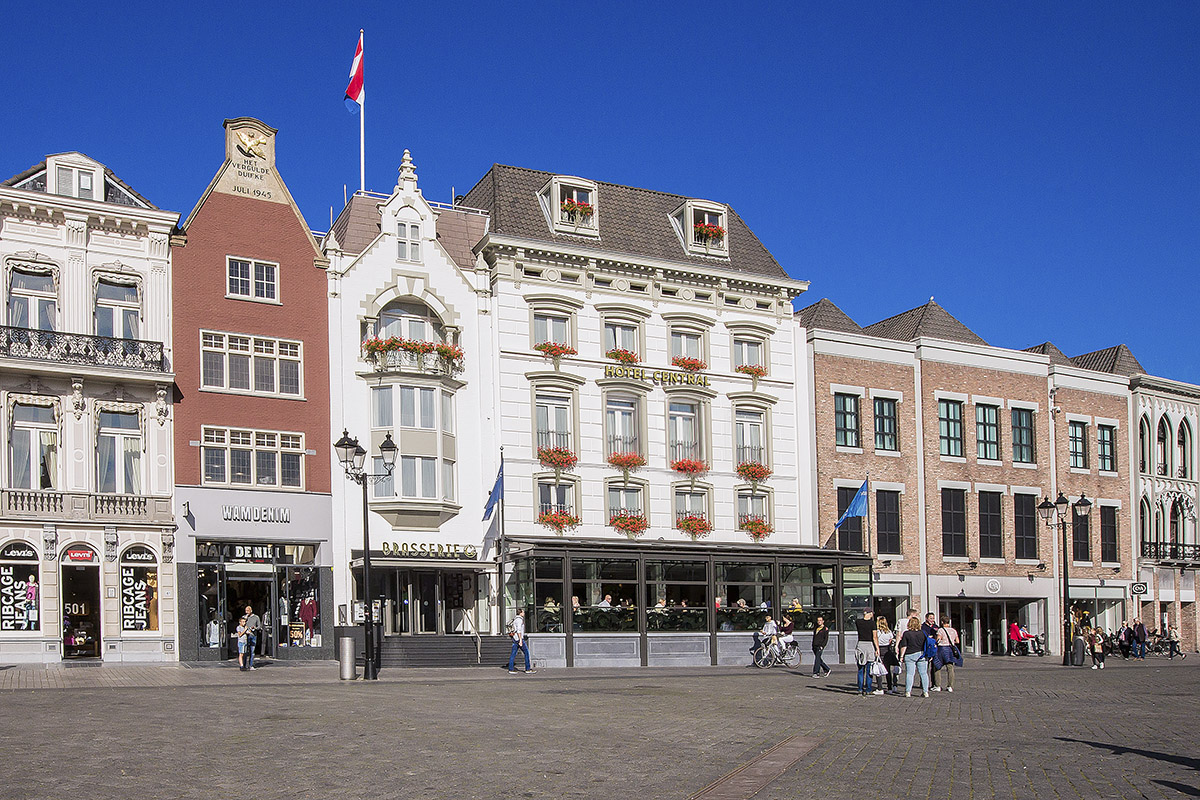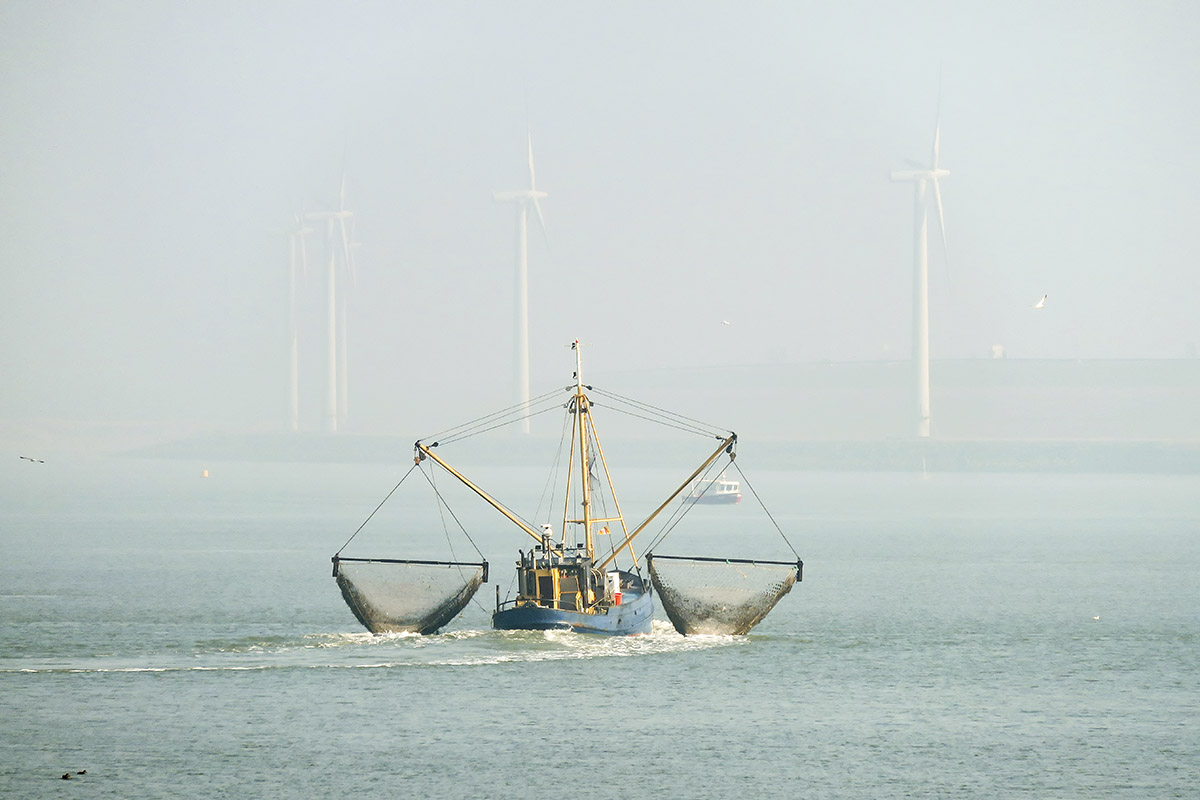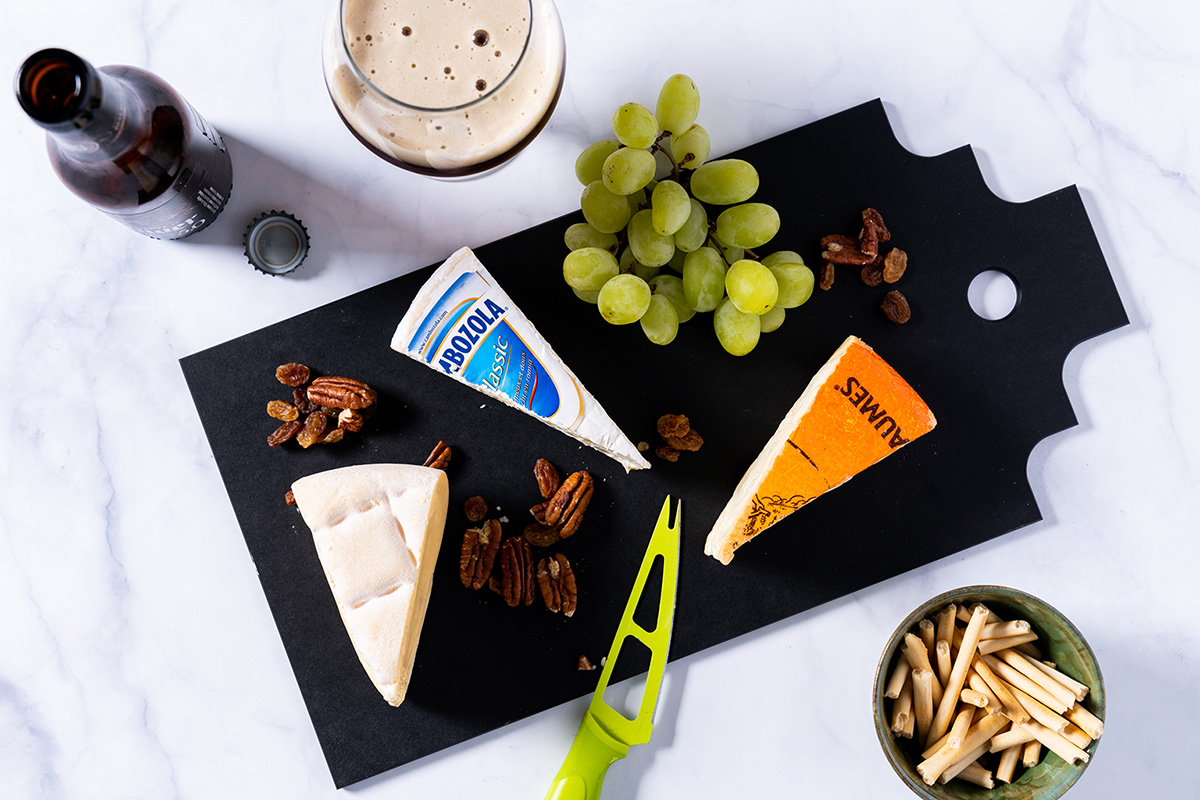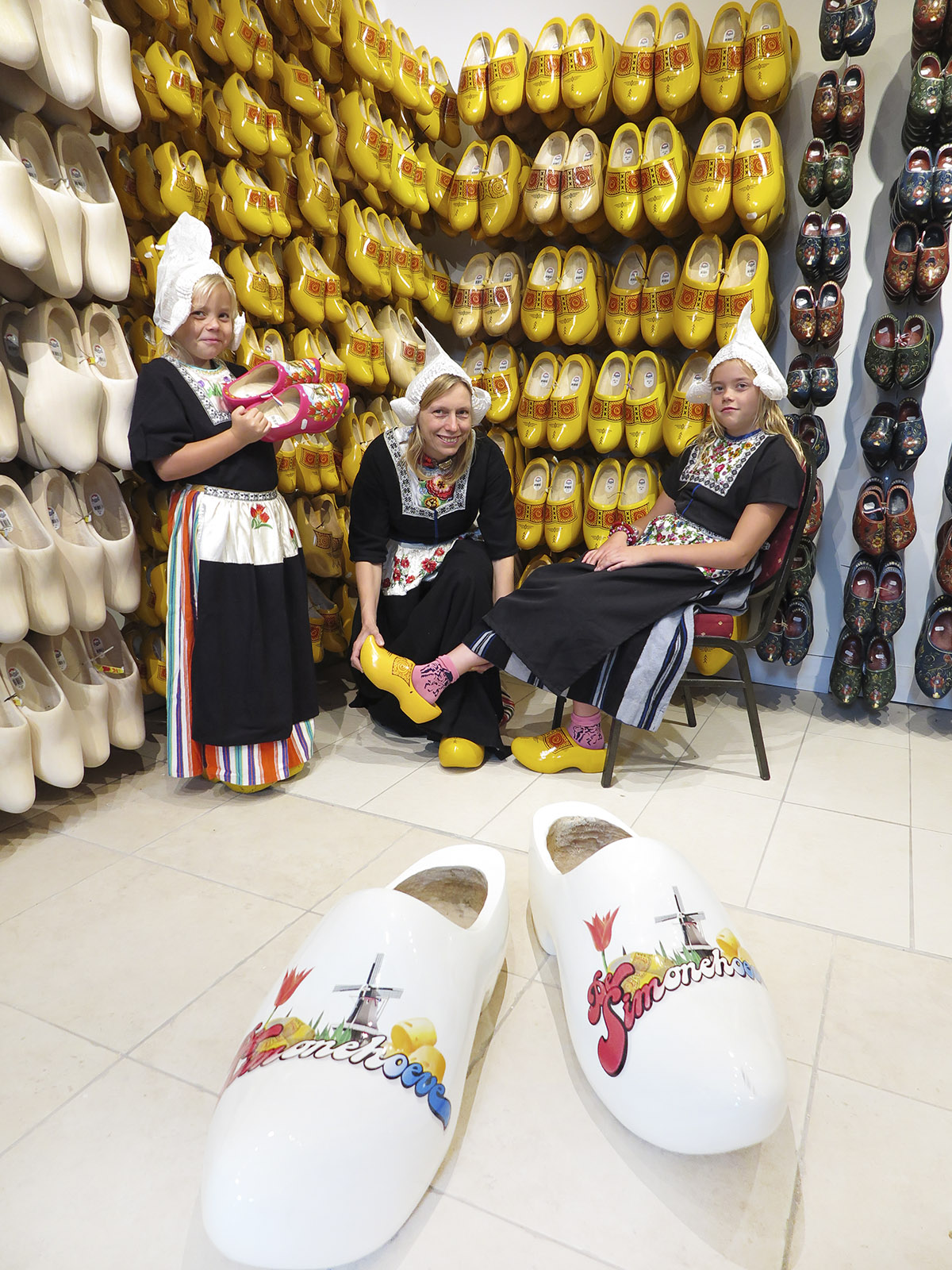De Kazerij

Like Gouda cheese, yet much smoother. This is the result of manual production and a respect for ripening time. A combination that has brought De Kazerij its award-winning cheese; Flandrien.
From stirring the curd to pressing the cheese and placing it in a brine bath for four days; everything at De Kazerij is done manually. No machinery is necessary. “On the contrary,” owner Jan Desmet explains, “everything that contributes to the taste and texture of the cheese, we do by hand. We don’t want to risk anything by leaving it up to machines.”
Desmet knows his cheese; he grew up with it. His grandfather had a wholesale firm in cheese, which his father and Desmet eventually took over. It was not until 2011 that Desmet started his own cheese factory, however, with cheese produced under the watchful eye of a dairy technologist. “We started experimenting as we wanted a Gouda cheese with an extraordinary taste, the Belgium variant, so to speak.”
No less than 45 experiments were done, good for 15 different kinds of cheese. “After number nine we were pretty much sure that we had found the perfect one, but to be sure, we kept on trying.” That number nine turned into Flandrien, a name Desmet came up with during a bike ride. “Flandrien is actually a cyclist with character and perseverance. Just like our cheese is one with character.” Confirmation of finding the right recipe was handed to De Kazerij a year later, when Flandrien was crowned the best cheese in the world during the World Cheese Awards. It is not just the manual way of producing that makes this an award-winning cheese. It also has to do with respect for the ripening time. “We never rush. Our mature cheese ripens for six months, that’s more than a regular mature Gouda. The old version of Flandrien ripens for 12 and the Grand Cru 18 months. This gives the cheese a truly unique taste. We’re slow cheesemakers. You can even go so far as to say Flandrien is ‘slow cheese’.”
Subscribe to Our Newsletter
Receive our monthly newsletter by email




